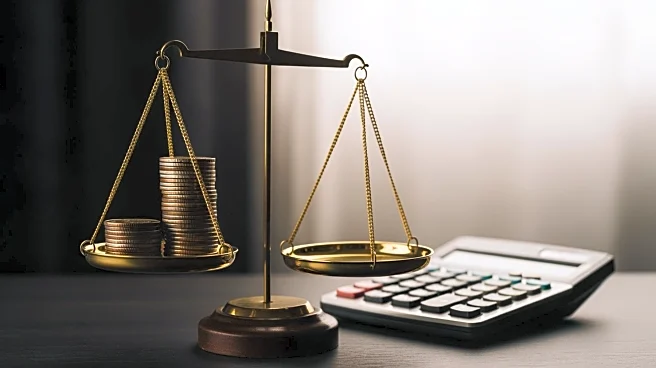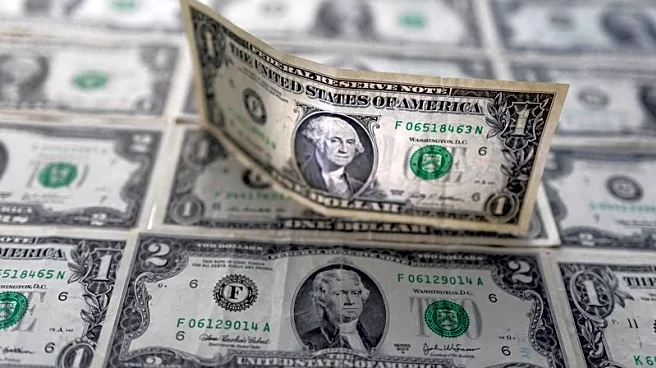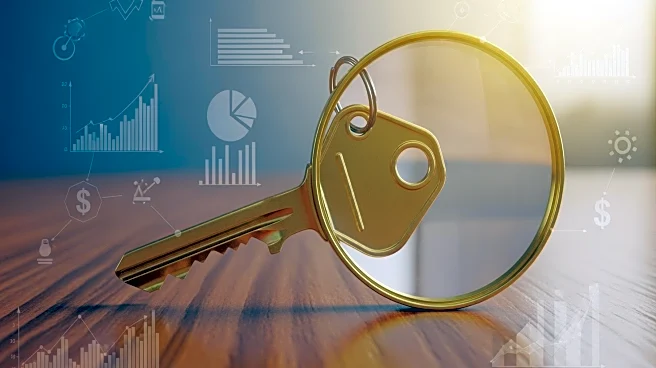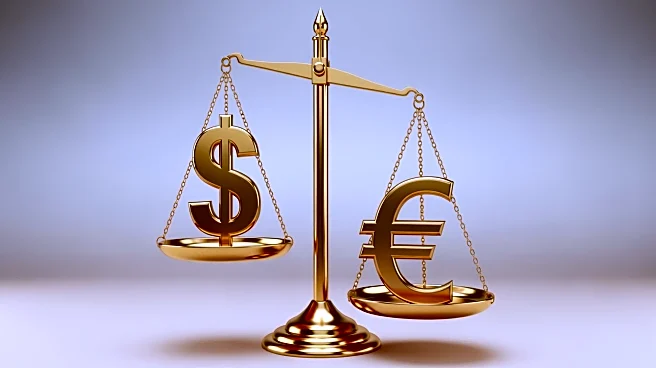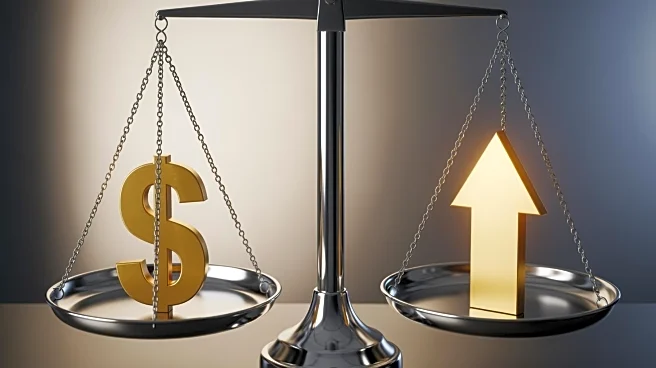What's Happening?
U.S. consumers are experiencing a credit crunch, with credit card debt reaching a record $1.21 trillion in the second quarter of 2025, according to the New York Fed. Nearly half of cardholders carry a balance month-to-month, and the percentage of those
behind on minimum payments has increased to 12.3%. High interest rates are exacerbating the situation, making it difficult for consumers to reduce their principal balances. Debt relief companies offer potential solutions, negotiating with creditors to reduce the amount owed, but these services come with fees and potential credit score impacts.
Why It's Important?
The rising credit card debt levels highlight the financial strain on American consumers, influenced by high interest rates and economic pressures. This situation poses risks to consumer spending, a key driver of the U.S. economy. Debt relief services provide an option for those struggling with unsecured debt, but they also carry risks, including potential credit score damage and tax implications. The growing debt burden underscores the need for financial literacy and effective debt management strategies.
What's Next?
Consumers may explore various debt management options, including consolidation loans and balance transfer credit cards, to alleviate financial pressure. Policymakers and financial institutions may need to address the underlying causes of rising consumer debt, such as interest rate policies and economic conditions. The effectiveness of debt relief programs and their impact on consumer credit health will be areas of ongoing scrutiny.



